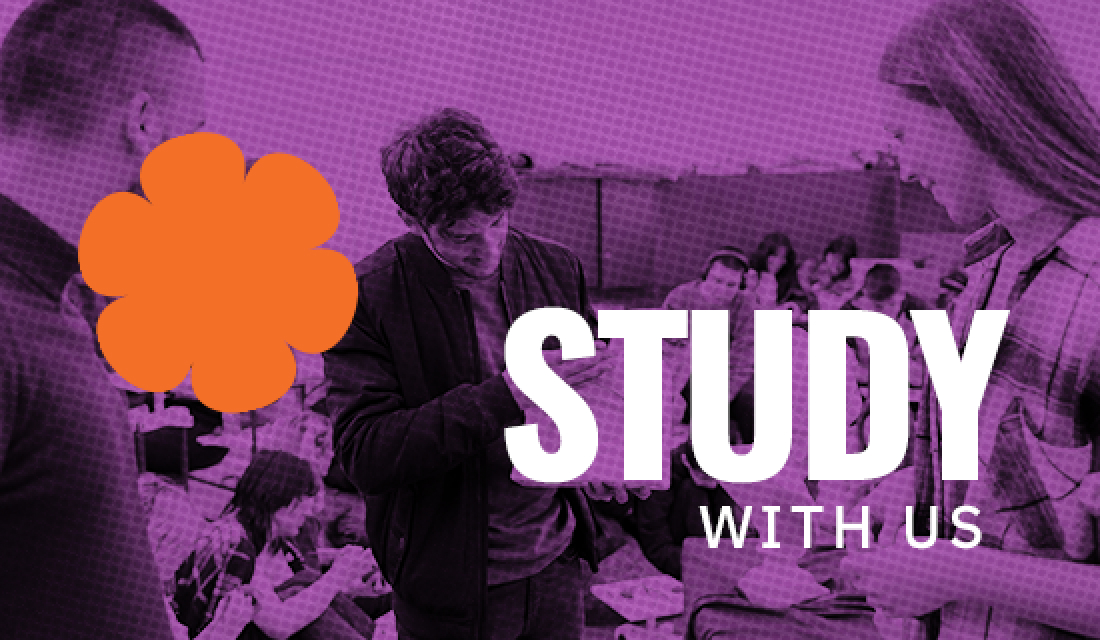

ORGANIZATION

The Academy’s organizational framework comprises key components such as sections, higher education units outside the Academy centre, departments, the administrative hub (Secretariat), specialized centers and accredited laboratories. These units collectively ensure efficient governance, streamlined communication, and the delivery of high-quality education. Through this well-defined structure, the Academy remains committed to academic excellence, practical learning, and strategic engagement with diverse disciplines, fostering a dynamic and collaborative learning environment.
SECTIONS
A Section functions as a higher education unit within the Academy, tasked with implementing various study programs. This includes theoretical and practical classes, professional internships, practical work, international studies, classic and dual model of studies. The Academy is structured into four distinct sections:
- Belgrade Polytechnic Section
- Computer-Mechanical Engineering Section
- Section of Traffic, Mechanical Engineering, and Safety Engineering
- Applied Engineering Sciences Section
Comprising two organizational units, namely the Teaching Unit and the Non-teaching Unit, the Section is managed by the Head of the Section. Additionally, the Academy has the flexibility to establish additional higher education units outside its center, as internal organizational units of the Section, adhering to legal and statutory guidelines.
DEPARTMENTS
A Department within the Academy represents an educational and professional organizational unit, consisting of faculty members and associates specializing in the same or related subject areas. These Departments are formed through elections and serve as collaborative hubs where teachers and associates collectively contribute to the academic landscape. Computer laboratories, additional laboratories, and other essential bodies are established within each Department to ensure the effective implementation of the educational process.
Departments play a vital integrative role within the Academy, fostering connectivity, collaborative efforts, and communication among faculty members and associates across different departments with shared or related subject areas. The Academy currently hosts the following Departments:
- Department of Mechanical Engineering
- Department of Traffic, Industrial Engineering, and Engineering Management
- Department of Electrical and Computer Engineering
- Department of Environmental Protection and Occupational Safety Engineering
- Department of Graphic Engineering and Technologies
- Department of General Education, Social Sciences, and Humanities
- Department of Biotechnologies
- Department of Fine and Digital Arts
- Department of Design
- Department of Medical Science
SECRETARIAT
The Secretariat serves as a crucial non-teaching professional organizational unit within the Academy, dedicated to executing professional, operational, and administrative-technical responsibilities. Its primary purpose is to accomplish objectives falling within the authority and duties of the Academy’s President, as well as to oversee management, instruction, and coordination tasks across various organizational segments – including Academy Sections. The Secretariat efficiently handles legal, personnel, material-financial affairs, planning and implementation of public procurements, analytical-planning, administrative, and other professional matters that are collectively pertinent to the successful operation of the Academy. The Secretary of the Academy oversees and manages the day-to-day operations of the Secretariat.
ACCREDITED UNITS – LABORATORIES
In pursuit of excellence and innovation, the Academy has the authority to establish specialized organizational units known as Accredited Units – Laboratories. Aligned with the institution’s areas of expertise, these units operate within the framework of the law and undergo accreditation processes with competent bodies. The formation of Accredited Units – Laboratories underscores the Academy’s commitment to fostering cutting-edge research, practical application of theoretical knowledge, and hands-on experience for students. These laboratories, accredited by recognized bodies, serve as hubs for scientific exploration, experimentation, and technological advancement. By adhering to rigorous accreditation standards, the Academy ensures that these units maintain the highest levels of quality, contributing significantly to the institution’s overall academic reputation and positioning as a leader in applied technical studies. Through these accredited laboratories, the Academy continues to elevate the standards of education and research, fostering an environment where students and faculty engage in groundbreaking work that makes a lasting impact in their respective fields.
CENTERS
In its pursuit of applied and professional excellence, the Academy strategically establishes Centers within its organizational structure. These Centers operate autonomously, providing a platform for the execution of applicative and professional tasks within their designated domains. Tasked with a greater degree of independence, these Centers focus on development and quality initiatives, aiming to enhance the profitability of the Academy’s activities and deliver valuable services to both the economy and external stakeholders.
The diverse range of Centers within the Academy of Applied Technical Studies Belgrade includes:
- Center for Biotechnology: Pioneering advancements in biotechnological applications, and development.
- Center for Design: Fostering creativity and innovation in the realm of design through specialized programs and projects.
- Center for Graphic Technology: Driving excellence in graphic technology through cutting-edge research and practical applications.
- Center for Safety Engineering: Committed to advancing safety engineering practices and promoting a secure working environment.
- Quality Center: Ensuring and enhancing the quality standards across various academic and professional domains.
- Center for Mechanical Engineering: Leading initiatives in mechanical engineering, development, and application.
- Center for Traffic: Addressing challenges and innovations within the field of traffic engineering and transportation.
- Center for Short Study Programs: Offering development of short study programs and specialized, short-term study programs catering to specific industry needs.
These Centers serve as dynamic hubs of expertise, contributing significantly to the Academy’s mission of providing practical, industry-relevant commercial services and making valuable contributions to the broader professional and economic landscape. Through their specialized focus, the Centers play a pivotal role in positioning the Academy as a leader in applied technical studies and research.









